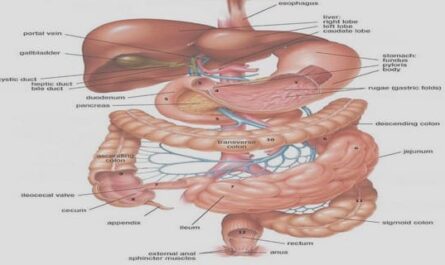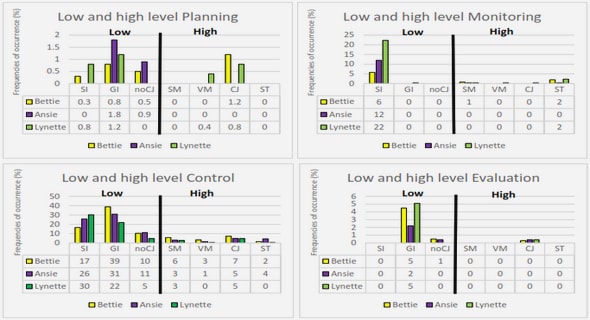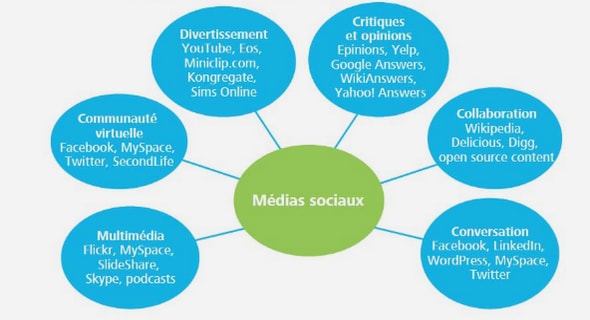Get Complete Project Material File(s) Now! »
Research design and methodology
INTRODUCTION
This chapter discusses the research design and methodology, including the population, sample, data-collection instrument, pilot study, permission to conduct the study, data collection and analysis, and ethical considerations.
RESEARCH OBJECTIVES
The objectives of this study were to
- identify the cultural beliefs and practices which discourage or prevent the Angolan population from accessing scientific health care
- develop an educational programme through which the public can be better informed about the advantages of modern scientific health care
RESEARCH DESIGN
The research design is “the general plan to obtain the answers for the research questions. Normally the design specifies which of the research approaches will be adopted and indicates how the researcher will implement the controls to enable the interpretation of the results” (Polit et al 2004:432). A quantitative approach with an exploratory and descriptive design was used for this study.
- Quantitative research aims at studying a phenomenon that can potentially be measured and quantified, often involving a strict and controlled and limited scope (Polit et al 2004:348).
- Exploratory research instead of simply describing and observing the phenomenon, also tries to investigate its complex nature and other factors with which it is related (Polit et al 2004:34).
- The main aim of descriptive research is the exact portrayal of the characteristics of the individuals, situations or groups and the frequency with which specific phenomena occur (Polit et al 2004:437).
RESEARCH METHODOLOGY
Methodology is the combination of research methods. Research is an investigation that makes use of methods that are scientifically organised to provide answers to questions or to resolve problems (Polit et al 2004:437). Research methods include stages, procedures and strategies for the collection and analysis of data.
The success of the study “depends on the quality of the methods for collection of data that are selected and applied as well as on the research methodology that evaluates and selects the tools available to measure variables of interest and of critical importance for the potential success of the study“ (LoBiondo-Wood & Haber 2001:175-176).
ASSUMPTION
An assumption is “a basic principle that is supposed to be true without the need for scientific proof” (LoBiondo-Wood & Haber 2001:321).
This study was guided by the assumption that the beliefs and practices of traditional culture have strongly influenced the manner in which the individuals act in the group, with regard to health care, eating habits and interpersonal relations.
POPULATION
A population, also known as the universe, is “a well-defined set that has certain specific characteristics. A population can be constituted by people, animals, objects or events” (LoBiondo-Wood & Haber 2001:141). In this study, the target group was the population residing in Luanda, in the Municipality of Viana, in the suburb of Capalanga, emanating form various social strata. The researcher intended to use people who worked and visited a specific market as the respondents.
SAMPLE
Sampling is a process of “selecting a portion of the population designated to represent the whole population. A sample is a set of elements that constitute the population” (LoBiondo-Wood & Haber 2001:142).
Probability sampling is a random sampling technique in which every member of the population has a probability higher than zero of being selected for the sample (Burns & Grove 2005:40). From the indicated population, a random sample of 100 subjects was planned. People who worked and visited a specific marketplace were approached as respondents. However, the researcher found the targeted population reticent to become involved as they did not want to be away from their stalls for any period of time and the visitors were in a hurry to get their business done.
Convenience sampling was therefore applied to access sufficient respondents. In convenience sampling, subjects are included in the study because they happen to be in the right place at the right time, and available subjects are entered into the study until the desired sample size is reached (Burns & Grove 2005:40). The researcher approached people at their homes in the suburb where he lives until he had reached 100 respondents. Convenience sampling is considered a poor approach to sampling as it provides little opportunity to control biases (Burns & Grove 2005:40).
DATA-COLLECTION INSTRUMENT
The instrument is a technique that the researcher uses to collect data and can be a questionnaire, test, observation or interview. For this study, the researcher was of the opinion that the questionnaire would be the appropriate data-collection instrument.
The researcher developed the questionnaire based on the literature review and personal experience (see Annexure D). The questionnaire included open-ended and closed ended questions, and consisted of three sections, namely..
- Section A: Biographical information
- Section B: The meaning of culture
- Section C: Health care
All research instruments should maintain certain standards of validity and reliability.
Validity
Validity is “the degree to which the instrument measures what it is supposed to measure” (Polit et al 2004:291). Face and content validity was considered appropriate for this study. Face validity is related to whether the instrument appears to measure what it is supposed to be measuring, while content validity examines the extent to which the method of measurement includes all the major elements relevant to the construct being measured, and is usually supported by the literature review (Burns & Grove 2005:214; Polit et al 2004:292-294). Face validity was achieved by submitting the questionnaire to academics and a statistician at the University of South Africa for comment and content validity was ensured by means of the literature review.
Reliability
The reliability of a research instrument refers to “the measure in which the instrument produces the same results over repeated measurements. The three attributes of reliability are stability, homogeneity and equivalence” (LoBiondo-Wood & Haber 2001:192). Reliability was tested by pre-testing the questionnaire.
PRE-TESTING THE DATA COLLECTION INSTRUMENT
A pre-test is done to ensure that the questionnaire as the data collection instrument is clear and relevant (Polit et al 2004:435). The pre-test was conducted in the suburb of Capalanga, municipality of Viana, Luanda with five respondents older than 18 years of age, of both sexes, who were not included in the main study. A number of adjustments had to be made in order to ensure that the desired information would be collected from the respondents.
PERMISSION TO CONDUCT THE STUDY
A written request for permission to conduct the study was submitted to the Municipal Coordinator (Annexure A), of the suburb where the research took place, together with a copy of the research proposal and the questionnaire (Annexure D). Written permission was granted by Mr Artur, coordinator of the residents’ committee for the Capalanga suburb (Annexure B).
Chapter 1 Orientation to the study
1.1 INTRODUCTION
1.2 CONTEXT AND BACKGROUND
1.3 PROBLEM STATEMENT
1.4 OBJECTIVES OF THE STUDY
1.5 ASSUMPTION.
1.6 SIGNIFICANCE OF THE STUDY
1.7 LIMITATION OF THE STUDY FIELD
1.8 RESEARCH DESIGN AND METHODOLOGY
1.9 DEFINITION OF TERMS
1.10 ETHICAL CONSIDERATIONS
1.11 OUTLINE OF THE STUDY.
1.12 CONCLUSION
Chapter 2 Literature review
2.1 INTRODUCTION
2.2 CULTURE
2.3 HEALTH CARE
2.4 CONCLUSION
Chapter 3 Research design and methodology
3.1 INTRODUCTION
3.2 RESEARCH OBJECTIVES
3.3 RESEARCH DESIGN
3.4 RESEARCH METHODOLOGY
3.5 ASSUMPTION
3.6 POPULATION
3.7 SAMPLE
3.8 DATA-COLLECTION INSTRUMENT
3.9 PRE-TESTING THE DATA COLLECTION INSTRUMENT
3.10 PERMISSION TO CONDUCT THE STUDY.
3.11 DATA COLLECTION
3.12 DATA ANALYSIS
3.13 ETHICAL CONSIDERATIONS
3.14 CONCLUSION
Chapter 4 Data analysis and interpretation
4.1 INTRODUCTION
4.2 DATA ANALYSIS
4.3 DATA PRESENTATION
4.4 CONCLUSION
Chapter 5 Findings, conclusions and recommendations
5.1 INTRODUCTION
5.2 OBJECTIVES
5.3 RESULTS
5.4 CONCLUSIONS
5.5 LIMITATIONS OF THE STUDY.
5.6 RECOMMENDATIONS
5.7 CONCLUSION
BIBLIOGRAPHY


